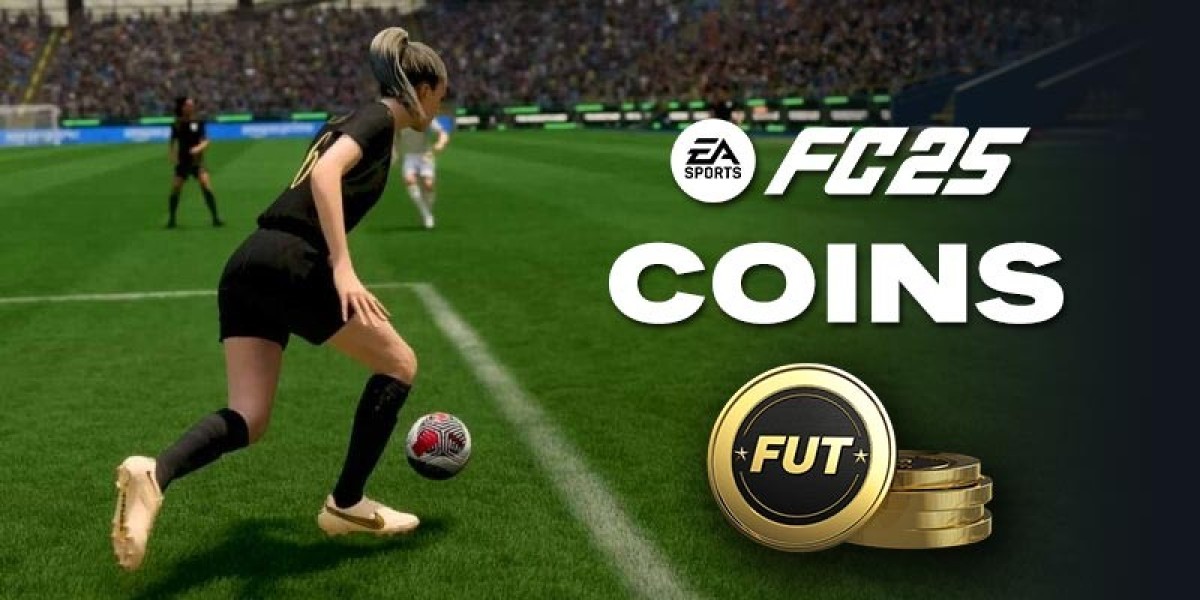Unlock the Secrets: Mastering Solar Charge Controller Troubleshooting Like a Pro!
Solar charge controllers are vital components of renewable energy systems, ensuring that solar energy is efficiently harnessed and stored. These devices manage the flow of electricity from solar panels to batteries, preventing overcharging and protecting battery life. However, like any electronic device, solar charge controllers can encounter issues that may disrupt their functionality. In this ultimate guide to troubleshooting solar charge controllers, we will explore the common problems that can arise with solar charge controllers and provide you with effective troubleshooting techniques. By the end of this article, you will have a comprehensive understanding of how to diagnose and resolve these issues, ensuring your solar energy system operates at peak performance.

Understanding Solar Charge Controllers
Solar charge controllers are devices that regulate the voltage and current coming from solar panels to charge batteries. Their primary role is to prevent overcharging, which can damage batteries and reduce their lifespan. There are two main types of solar charge controllers: PWM (Pulse Width Modulation) and MPPT (Maximum Power Point Tracking). PWM controllers are simpler and typically less expensive; they work by gradually reducing the voltage as the battery approaches full charge. In contrast, MPPT controllers are more advanced and can optimize the power output from solar panels, making them more efficient, especially in variable weather conditions. Understanding these functionalities is crucial for effective troubleshooting, as it helps you pinpoint issues based on the type of controller you are using.
Common Issues with Solar Charge Controllers
Despite their essential role, solar charge controllers can encounter several common issues. One frequent problem is incorrect voltage readings, which can lead to overcharging or undercharging of batteries. This issue may arise due to faulty sensors or incorrect settings. Another common issue is the controller's failure to charge batteries, which can be caused by poor connections, a malfunctioning controller, or depleted batteries. Overheating is also a concern, especially in regions with high temperatures or insufficient ventilation around the controller. Identifying these problems promptly is key to maintaining the efficiency of your solar energy system and prolonging the life of your batteries.
Step-by-Step Troubleshooting Guide
When troubleshooting solar charge controllers, it's essential to follow a systematic approach. Start with initial checks to ensure that all connections are secure and that the system is set up correctly. Use diagnostic tools like multimeters to assess the voltage and current flowing through the system; this will help you identify any discrepancies. For common problems, specific solutions can be applied, such as resetting the controller or replacing faulty components. By following these steps, you can effectively diagnose and resolve issues, ensuring your solar charge controller operates smoothly.
Initial Checks
Initial checks are critical in troubleshooting solar charge controllers. Start by inspecting all electrical connections for tightness and corrosion. Loose or corroded connections can lead to poor performance or failures. Next, ensure that the battery voltage is within acceptable limits; a significantly low voltage may prevent charging. Finally, verify the output from the solar panels. A simple multimeter can help you measure the voltage output to ensure that the panels are functioning correctly and delivering energy to the controller.
Diagnostics
Using diagnostic tools is essential for effectively troubleshooting solar charge controllers. A multimeter can help you measure voltage and current at various points in the system, allowing you to pinpoint where an issue may lie. Check the voltage at the solar panels, the battery, and the output from the controller. If you notice discrepancies, it may indicate a faulty component. Additionally, some controllers come with built-in diagnostic features that can display error codes; consulting the user manual can provide insights into what these codes mean and how to address them.
Specific Solutions
Each common problem with solar charge controllers has specific solutions. For incorrect voltage readings, recalibrating the controller or checking for faulty sensors may resolve the issue. If the controller fails to charge the batteries, a thorough examination of connections and battery health is necessary. If the batteries are functional, resetting the controller or performing a hard reset may help. In cases of overheating, improving ventilation around the controller or relocating it to a cooler environment can mitigate the problem. For more severe issues, replacing faulty components may be the best course of action.
Essential Insights on Troubleshooting Solar Charge Controllers
In conclusion, troubleshooting solar charge controllers is an essential skill for anyone utilizing solar energy systems. By understanding how these devices function and being able to identify common issues, you can effectively maintain and optimize their performance. Remember to conduct regular checks and diagnostics, and don't hesitate to apply the solutions outlined in this guide. A well-maintained solar charge controller not only enhances the efficiency of your solar energy system but also contributes to the longevity of your batteries, ensuring that you get the most out of your renewable energy investment.



